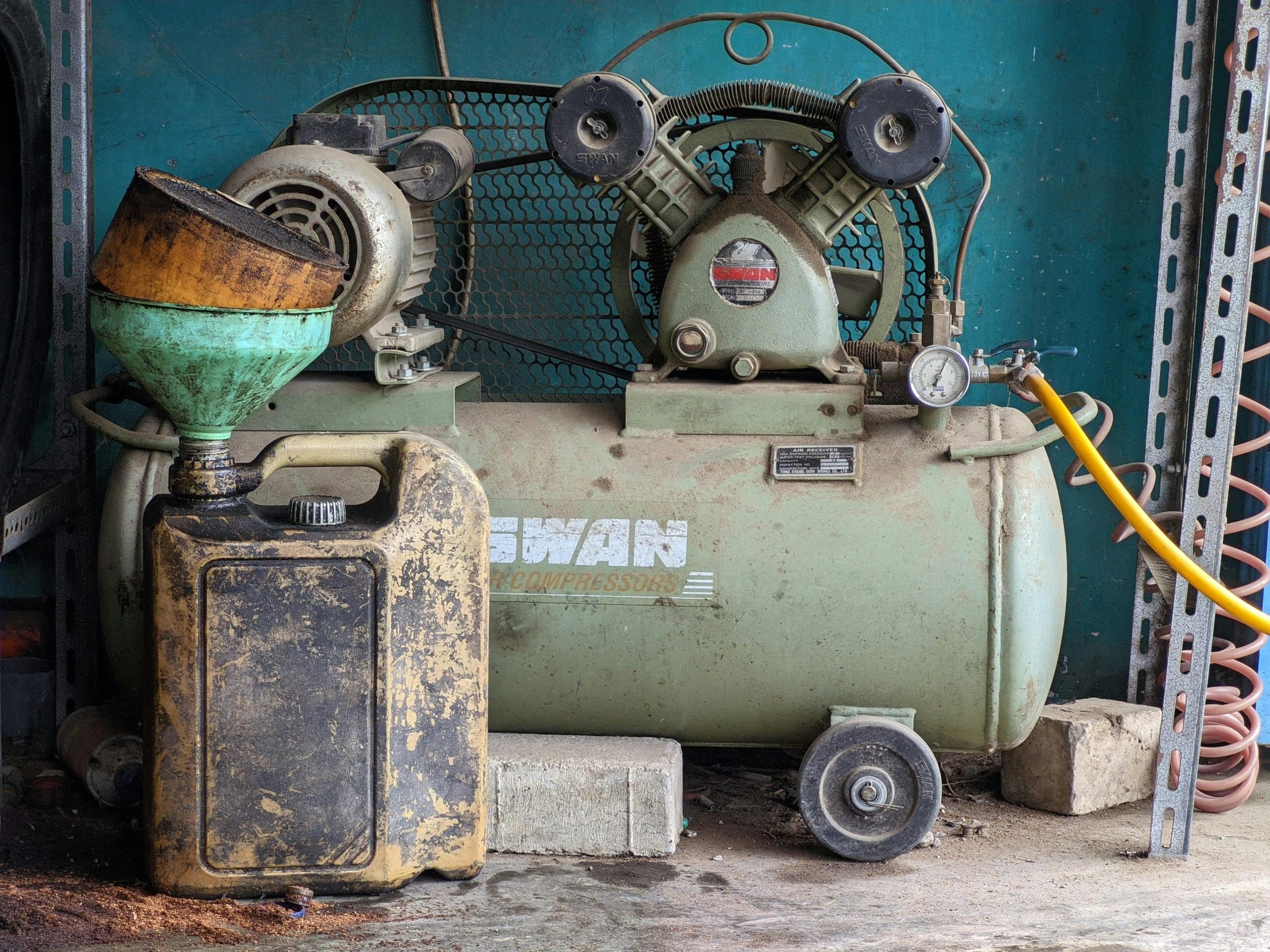Setting up an industrial air compressor correctly ensures optimal performance, safety, and longevity. Proper site preparation, electrical setup, and ventilation prevent common issues like vibration, overheating, and premature wear. Understanding essential installation steps—from foundation to air filtration and pressure regulation—helps avoid costly downtime and enhances energy efficiency. This guide offers practical advice to achieve a reliable, compliant compressor system tailored to your facility’s needs.
Essential Aspects of Proper Industrial Air Compressor Installation
Industrial air compressor installation is fundamental for ensuring optimal system performance, safety, and longevity. Correct placement guarantees efficient operation and minimizes vibration-related issues that can cause premature wear.
A lire en complément : Reliable removal services in glasgow for stress-free moves
Adherence to safety regulations, such as proper grounding and electrical wiring, prevents hazards. Compliance with standards like ISO 8573-1 for compressed air quality enhances system reliability. Thorough planning involves selecting an appropriate site with sufficient ventilation, space for maintenance, and environmental considerations.
Professional consultation helps customize the setup, from foundation requirements to pipework routing. Correct compressor placement, on a flat, vibration-isolated surface, reduces operational noise and enhances stability. Proper air filtration and pressure regulation are vital for consistent air quality and system safety.
Cela peut vous intéresser : Secant pile walls: the key to efficient earth retention
The workshop emphasizes ongoing maintenance, including filter checks and leak detection, to sustain efficiency. Consulting experts, like those at GTEC Group, ensures compliance with current best practices and local regulations.
Site Preparation and Foundation Requirements for Industrial Compressors
Air compressor site preparation starts with selecting a level, vibration-damped base. This supports consistent compressor performance and meets industrial compressor foundation requirements, helping prevent excess vibration and equipment misalignment. Using vibration isolation pads or mats is advised to minimize transferred movement and reduce noise levels in operational environments.
Space allocation is central to compressor placement best practices. There must be sufficient clearance around the equipment for safe maintenance access and efficient heat dissipation. This layout choice ensures uniform ventilation, optimized compressed air system integration, and provides room for future expansion or servicing.
Environmental factors require careful planning. Proper venting, temperature control, and optimized compressor room ventilation are essential for preventing equipment overheating and maintaining suitable working conditions. Integrating these measures addresses challenges related to air compressor noise reduction methods and improves overall air quality in the compressor room.
Following a detailed industrial air compressor setup guide helps you apply best practice standards for preparation and foundation. Ensuring accurate alignment with industrial compressor foundation requirements delivers increased stability and reliability, directly impacting the system’s operational lifespan and reducing maintenance risks.
Electrical Connections and Mechanical Installation Procedures
Electrical Setup and Safety Standards
The industrial compressor electrical connections must strictly adhere to safety protocols to reduce installation hazards and support long-term performance. Start by matching the power supply to compressor specifications. Use a dedicated electrical circuit with appropriate fuses and reliable grounding to minimize the risk of overload or electrical accidents. Compliance with air compressor electrical safety standards—including zoning, clear labeling, and emergency shut-off installation—addresses both safety requirements and regulatory compliance. Properly secured wiring within the compressor installation process prevents operational interruptions and premature component failure.
Mechanical Mounting and Securing the Compressor
A robust foundation supports the compressor system installation process. Place the compressor on a level, load-bearing base to limit vibration; using pads for air compressor vibration isolation further lowers noise and mechanical stress. Adequate anchoring forms part of every effective industrial air compressor setup guide and helps prevent unwanted movement, extending equipment life and improving operational stability. Ensure enough clearance for access, maintenance, and airflow as specified in compressor room layout planning.
Piping and Leak Testing for Efficient Airflow
During compressor piping installation, use pressure-rated materials and adhere to pipe sizing guidelines to guarantee optimal flow. All pipe joints and connections should be securely sealed and tested for leaks, supporting ongoing efficiency and energy savings. Performing compressed air system testing post-installation ensures the system meets functional and safety standards, while regular leak detection helps avoid avoidable energy losses.
System Components, Calibration, and Maintenance Strategies
Installing and Calibrating Control Systems for Optimal Performance
Precise air compressor control system setup maximizes reliability, safety, and energy savings. Pressure calibration ensures that the air compressor delivers the correct output for the connected equipment, while the integration of advanced controls enables dynamic adjustment to air demand. When planning an industrial air compressor setup guide, verify that each component—whether it’s the sensor, control panel, or pressure switch—meets the requirements of your compressed air system integration. Initial pressure calibration should use traceable instruments, and all control parameters must be documented to streamline future compressor system installation process reviews or audits.
Routine Maintenance Tasks for Longevity and Efficiency
Preventive maintenance must follow a consistent schedule after industrial compressor installation. Key tasks involve checking for leaks, changing air filters, and inspecting pressure calibration points. Developing a compressed air system testing plan is vital for maintaining efficient output. Regularly scheduled preventive maintenance can minimize the impact of undetected leaks, extend component life, and ensure noise reduction measures and safety protocols remain effective.
Leak Detection Techniques and Troubleshooting Common Installation Issues
Effective leak detection is a foundation of long-term compressed air system reliability. Use ultrasonic tools for compressor leak detection, particularly around piping, joints, and valves. As part of the compressor system installation process, document each leak found and corrected. Address root causes immediately to reduce energy loss and maintain consistent pressure calibration. Troubleshooting should also validate alignment, ventilation, and electrical connections, ensuring the industrial air compressor setup guide is adhered to throughout operational life.

No Responses